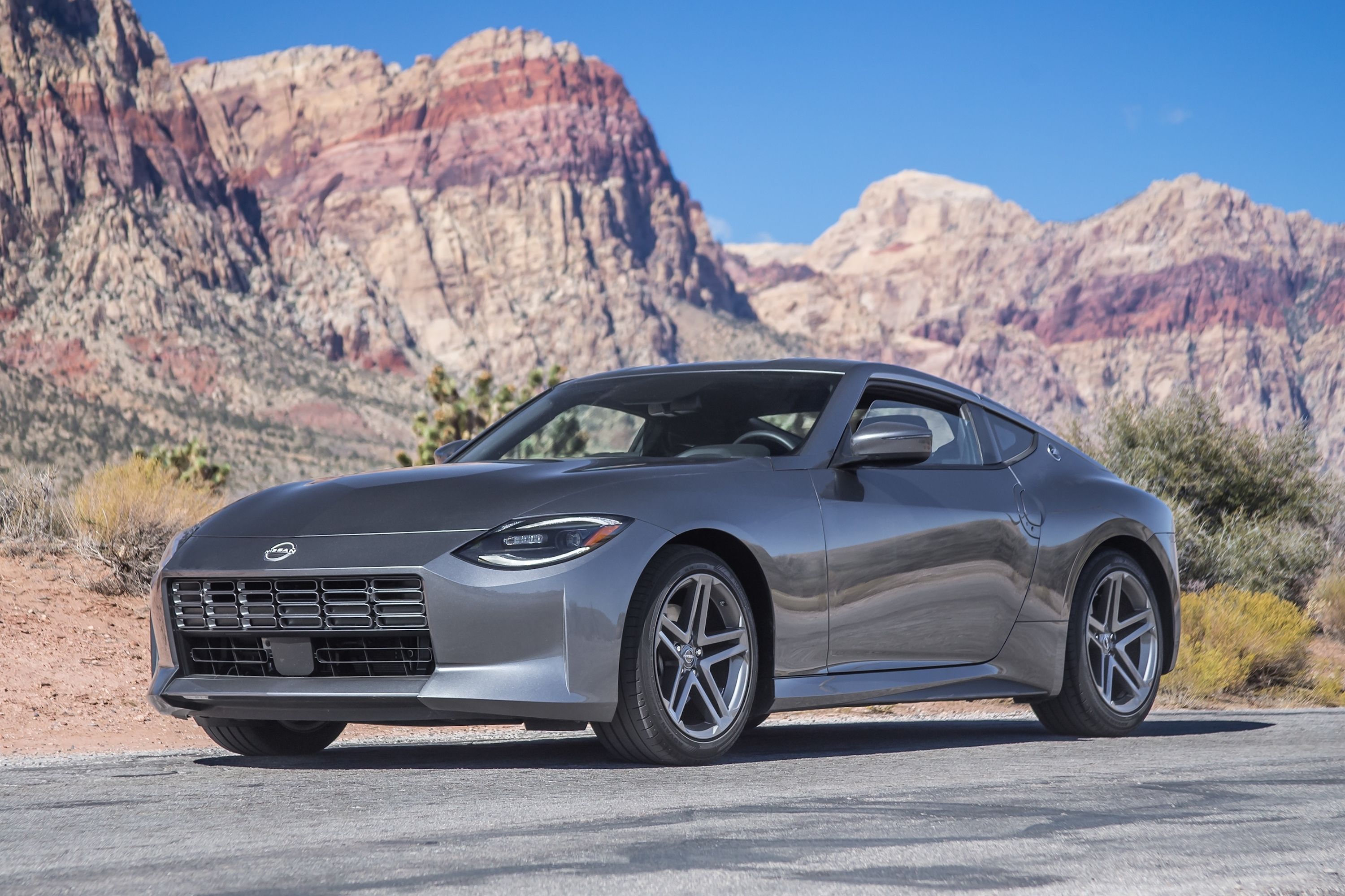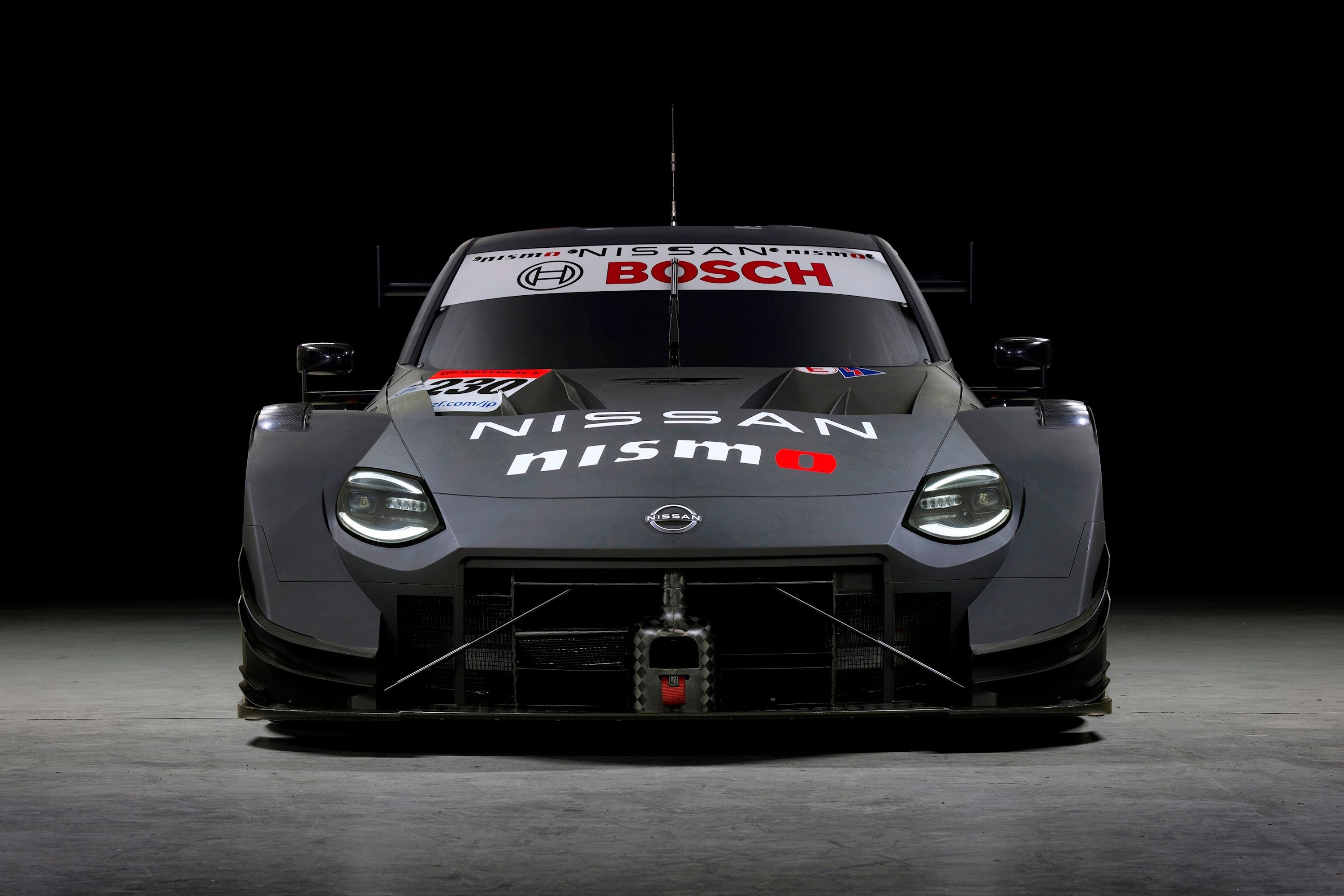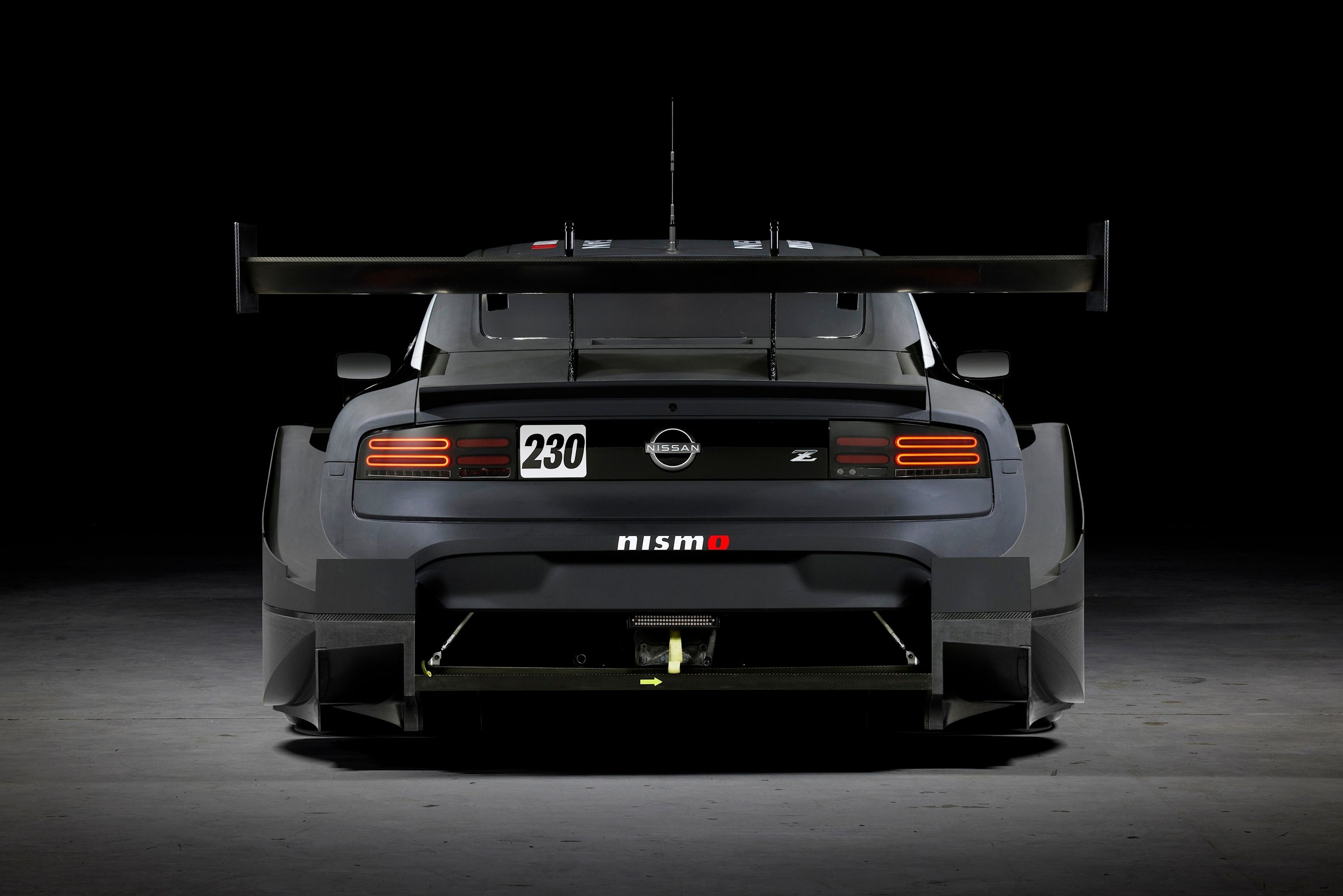
Japan's foremost GT racing series Super GT tested a new carbon-neutral fuel on Monday ahead of plans to run it throughout the 2023 GT500 and GT300 seasons, but some drivers have complained of an unusual smell and, in some cases, eye irritation from the fumes.
The news comes via Motorsport.com, which reported that the overall performance of the fuel - "derived from cellulosic material that is converted into hydrocarbons and oxygenates," according to the manufacturer - seemed to be very good and that there is likely a simple fix for the fume issue.
After the final race of the 2022 season, which saw the likes of the Nissan Z, Honda NSX, and Toyota GR Supra compete in the GT500 class, 22 cars tested the ETS Racing Fuels second-generation biomass fuel, which is essentially fermented and distilled plant matter, with one driver describing the smell of the fuel as "like kerosene" and another referring to its odor as similar to "a mix of gasoline and oil from a racing go-kart."
Other drivers suggested that the fumes were causing eye irritation when following another car closely. Still, Honda Super GT project leader Masahiro Saiki thinks there is a simple explanation and a simple fix for the problem, suggesting that the less-than-optimal tunes run by the cars during this testing outing have contributed to a rich air/fuel ratio.
"The smell is a little strong [compared to gasoline], perhaps because the raw materials used are different," said Saiki. "I think they are trying to mix materials extracted from various bio-based raw materials to meet high-octane standards. Some fuel manufacturers say that the small can be changed by changing the raw materials, although there's also the matter of cost control to consider. If we can burn the fuel properly, then the smell should disappear. If the fuel is burned completely, nothing will be left," explained Saiki.
More importantly, there seems to be almost no performance difference using carbon-neutral fuel compared to regular fuel.
Speaking with the official Super GT website, Ronnie Quintarelli (who campaigns the #23 Nismo Nissan Z) said that the new fuel was surprisingly unnoticeable, saying, "I had no uncomfortable feelings using the carbon-neutral fuel. The GT500 car has what you would call an 'aggressively designed engine' with a lot of advanced technologies applied [to] it. So, I thought that changing the fuel used would result in some changes, but in fact, the changes were so small that I wouldn't have noticed them if I hadn't been told about the fuel change. Of course, there were careful adaptations made to the mapping, but I didn't have any uncomfortable feelings about the acceleration response we drivers want. I thought that was rather incredible."
However, some reports note that a few other drivers experienced slight changes in power delivery and an increase in backfiring, which could easily be attributed to those suboptimal engine tunes used in testing.
This was a test, and by the time the 2023 season rolls around, any issues pertaining to an excessively rich fuel mixture should have been ironed out. The few drivers who said they had experienced less-than-perfect power delivery will likely not see those issues again. Once the engines are tuned for optimal combustion, all the fuel's drawbacks should be resolved, which brings us one step closer to mainstream adoption and potentially guides us away from full-scale electrification.
Porsche, Hyundai, and other mainstream automakers are working on synthetic fuels or e-fuels. There are still some drawbacks to consider, like cost and volume. Still, as has occurred so many times before, next-generation technology advances made in the crucible of motorsport could help speed up the trickle-down process, keeping the wondrous cycle of suck-squeeze-bang-blow going for generations to come.


